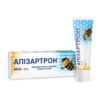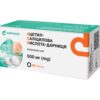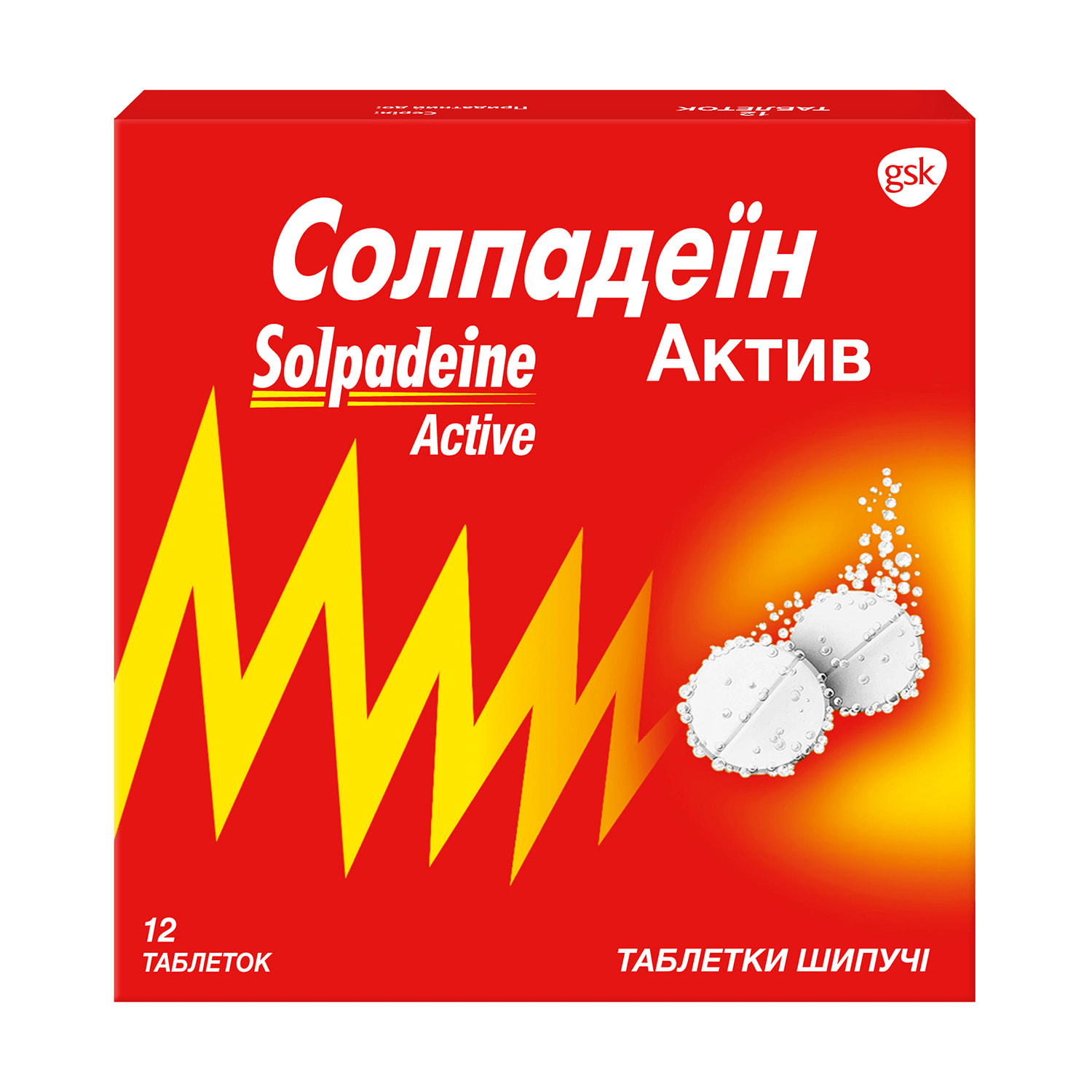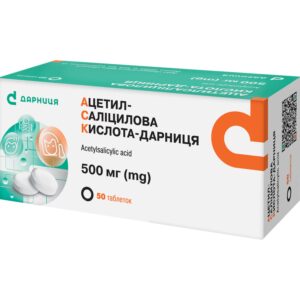No products in the cart.
Great news! The Canada Post strike is over! We’re resuming deliveries to Canada!
Excellente nouvelle ! La grève de Postes Canada est terminée ! Nous reprenons les livraisons vers le Canada !
Great news! The Canada Post strike is over! We’re resuming deliveries to Canada!
Excellente nouvelle ! La grève de Postes Canada est terminée ! Nous reprenons les livraisons vers le Canada !
Apisarthron ointment tube 20 g
$21.99 Original price was: $21.99.$19.99Current price is: $19.99.


Solpadeine Active tablets effervescent strip 12 pcs
$19.29 Original price was: $19.29.$17.49Current price is: $17.49.
Free Worldwide Shipping
Estimated delivery:
14 - 21 days
Categories: Cold and flu, Pain relief
Brand: GSK
Solpadeine Active Tablets are effervescent pain relief tablets designed to provide fast and effective relief from headaches, migraines, toothaches, and other mild to moderate pain. Each strip contains 12 tablets, making it easy to carry and convenient for on-the-go relief.
Solpadein Active effervescent tablets are used for the following indications: pain of medium and severe intensity (headache, migraine, musculoskeletal pain, muscle pain, toothache, pain after tooth extraction and dental procedures, sore throat , periodic pain during menstruation), fever and pain after vaccination, elevated body temperature.
Composition
One tablet contains (active substances):
- paracetamol – 500 mg;
- caffeine – 65 mg.
Excipients: sorbitol (E 420), sodium saccharin, sodium hydrogen carbonate, povidone, sodium lauryl sulfate, dimethicone, citric acid anhydrous, sodium carbonate anhydrous.
Contraindication
- hypersensitivity to paracetamol, caffeine or any other component of the drug in the anamnesis;
- severe disorders of the liver and / or kidneys;
- congenital hyperbilirubinemia;
- deficiency of glucose-6-phosphate dehydrogenase;
- alcoholism;
- blood diseases, pronounced anemia, leukopenia;
- states of increased excitement, sleep disorders, epilepsy;
- pronounced increase in blood pressure, organic diseases of the cardiovascular system, including severe atherosclerosis, severe hypertension;
- decompensated heart failure, acute myocardial infarction, paroxysmal tachycardia, hyperthyroidism, acute pancreatitis, severe forms of diabetes, glaucoma;
- age over 60 years;
- do not use together with monoamine oxidase (MAO) inhibitors and within 2 weeks after discontinuation of MAO inhibitors;
- Contraindicated in patients taking tricyclic antidepressants or beta-blockers.
Method of application
The drug is intended for oral administration.
Adults, the elderly and children over 12 years old – 1-2 tablets 4 times a day. It is necessary to dissolve the tablet in half a glass of water. The interval between receptions should be at least 4 hours. Do not take more than 8 tablets (4000/520 mg, paracetamol / caffeine) within 24 hours.
Do not exceed the recommended dose.
Do not take together with other medicines containing paracetamol.
Features of application
pregnant
It is not recommended to use during pregnancy, as the risk of spontaneous abortion associated with the use of caffeine increases.
Paracetamol and caffeine pass into breast milk. It is not recommended to use the drug during breastfeeding. Caffeine may have a stimulating effect on nursing infants, but no significant toxicity has been observed.
Children
It is not recommended for children under 12 years of age.
Drivers
If dizziness is observed during treatment, you should refrain from driving vehicles or working with other mechanisms.
Overdose
Liver damage is possible in adults who have taken 10 g or more of paracetamol, and in children who have taken more than 150 mg/kg of body weight. In patients with risk factors (long-term treatment with carbamazepine, phenobarbital, phenytoin, primidone, rifampicin, St. John’s wort or other drugs that induce liver enzymes; regular intake of excessive amounts of ethanol; glutathione cachexia (digestive disorders, cystic fibrosis, HIV infection, hunger, cachexia )) intake of 5 g or more of paracetamol can lead to liver damage.
Overdose symptoms in the first 24 hours: pallor, nausea, vomiting, loss of appetite and abdominal pain. Liver damage may become apparent 12-48 hours after an overdose. Glucose metabolism disorders and metabolic acidosis may occur. In severe poisoning, liver failure can progress to encephalopathy, hemorrhage, hypoglycemia, coma, and death. Acute renal failure with acute tubular necrosis can be manifested by severe lumbar pain, hematuria, proteinuria and can develop even in the absence of severe liver damage. Cardiac arrhythmia and pancreatitis were also noted.
With long-term use of the drug in large doses, aplastic anemia, pancytopenia, agranulocytosis, neutropenia, leukopenia, thrombocytopenia may develop on the part of hematopoietic organs. When taking large doses from the side of the central nervous system, dizziness, psychomotor agitation and disorientation are possible; from the urinary system – nephrotoxicity (renal colic, interstitial nephritis, capillary necrosis).
In case of overdose, urgent medical assistance is required.
Side effects
On the part of the immune system: anaphylaxis, hypersensitivity reactions, including rash on the skin and mucous membranes (usually generalized rash, erythematous, urticaria), Stevens-Johnson syndrome, skin pruritus, angioedema, erythema multiforme, toxic epidermal necrolysis (Lyell’s syndrome) .
From the side of the digestive system: nausea, vomiting, heartburn, pain in the epigastrium.
From the endocrine system: hypoglycemia, up to hypoglycemic coma.
From the blood and lymphatic system: thrombocytopenia, agranulocytosis, anemia, sulfhemoglobinemia and methemoglobinemia (cyanosis, shortness of breath, heart pain), hemolytic anemia, bruising or bleeding.
From the cardiovascular system: tachycardia, arrhythmia, increased blood pressure, rapid heartbeat.
From the side of the central nervous system: insomnia, restlessness, dizziness.
From the respiratory system: bronchospasm in patients sensitive to acetylsalicylic acid or other non-steroidal anti-inflammatory drugs.
On the part of the hepatobiliary system: impaired liver function, increased activity of liver enzymes, as a rule, without the development of jaundice, hepatonecrosis (dose-dependent effect).
Concomitant use of the drug in recommended doses with products containing caffeine can increase the side effects caused by caffeine, such as dizziness, increased excitability, insomnia, restlessness, anxiety, irritability, headache, disturbances from the gastrointestinal tract and rapid heart rate.
Storage conditions
Store at a temperature no higher than 25 °C, in a place inaccessible to children.
Shelf life – 4 years.
Be the first to review “Solpadeine Active tablets effervescent strip 12 pcs” Cancel reply
You may also like








Reviews
There are no reviews yet.